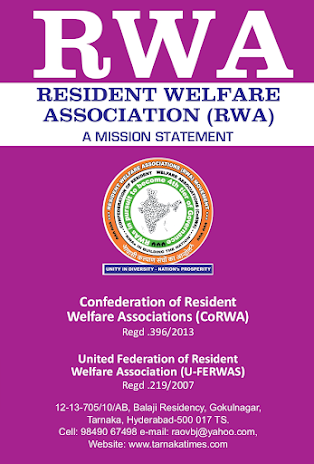Public memory is short lived. And as such it is important to document epochal events not just for posterity to recount, but also for planners and policy-makers to be reminded of their follies, lest they too forget and repeat mistakes in the immediate future.
In this context it is seminal that in a collaborative effort
the University of Hyderabad (UoH) and the Confederation of Voluntary
Associations (COVA), have come together to produce a short documentary
detailing the deluge that the Twin-Cities encountered last month.
It was three days of incessant and heavy rains over a 24 hours period on October 13, 2020 that brought Hyderabad to its knees reportedly killing over 70 people across Telangana. But it was not the first time that the city faced similar deluge. Apart from 1928 floods, more recent memory of the 2016 and the earlier 2000 rains are still fresh in peoples’ minds.
So, the question begs to be asked – is it just a natural
phenomenon or is there more to it?
The 32 minutes documentary by the UOH-COVA team seeks to
answer just this question throwing up in the process several important issues.
“We made it so that people can see it and understand the
problem in correct perspective. Unless individuals get to know the problem if
they buy properties on lake beds and near water bodies, this trend will
continue,” said Cheeli Janardhan, who teaches at the University of Hyderabad.
“We will use the documentary to make people understand the
problem of encroachment and how it impacts life of ordinary people. We want it
to be an election issue and make the contesting candidates commit to the
policies and actions to prevent further encroachments,” added Mazher Hussain of
COVA at a news conference and screening session in the city on Thursday.
Coming days ahead of the GHMC elections being held notwithstanding
the ongoing pandemic, should kindle enough thought among voters to force them
to ask of their potential leaders for solutions to this.








0 Comments